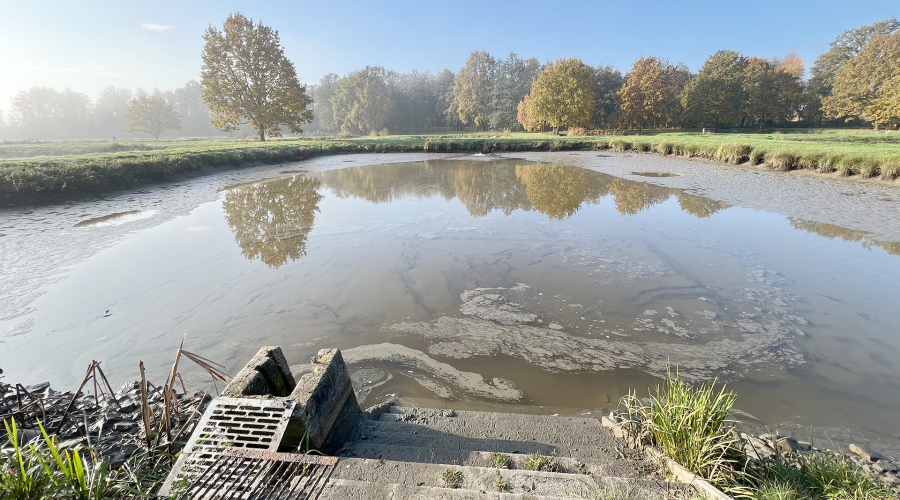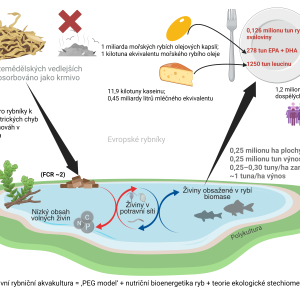Inland Aquaculture: Europe’s ‘Sleeping Giant’ for Sustainable Nutrition

An open-access review by Koushik Roy, Marc Verdegem, and Jan Mraz highlights the untapped potential of semi-intensive fishponds and multitrophic aquaculture to supply low-impact, nutrient-rich aquatic foods in Europe, significantly reducing dependence on marine imports. The article published in Reviews in Aquaculture underscores how these novel practices in pond aquaculture can support a planet-friendly diet and reshape European food systems.
Pond aquaculture and water protection frequently clashed across Europe, and multitrophic freshwater aquaculture faced over-regulation, leaving inland freshwater aquaculture largely overlooked. This scoping review hypothesized that semi-intensive fishponds and multitrophic freshwater aquaculture could become valuable yet underrecognized elements of Europe’s food system. It examined their role, potential ecological innovations, and the risks and benefits of transitioning to low-impact aquatic foods. As an example, with 0.25 million hectares of fishponds in Central and Eastern Europe, inland aquaculture could substitute 1 billion marine fish oil capsules and 0.45 billion liters of milk annually, meeting the nutritional needs of 1.2–3 million adults in terms of essential fatty acids (EPA+DHA) and amino acid (leucine). Freshwater aquaculture is a "sleeping giant" poised to transform Europe’s food systems and planetary health diet goals.
Detailed information can be found in the original article: Roy, K.J. Verdegem, M.C., Mraz, J., 2024. Ecological restoration of inland aquaculture in land-locked europe: the role of semi-intensive fishponds and multitrophic technologies in transforming food systems. Reviews in Aquaculture 17: e12999. https://doi.org/10.1111/raq.12999
Join the discussion: Reviews in Aquaculture na LinkedIn
Written by: Koushik Roy, Ph.D.

